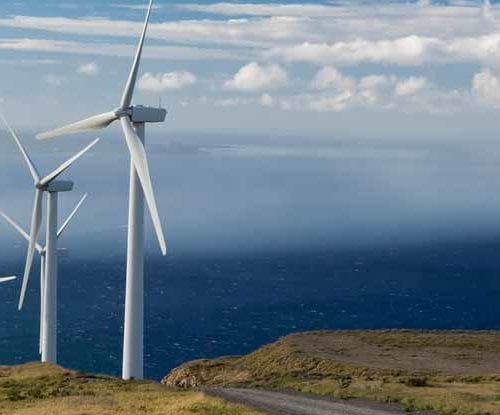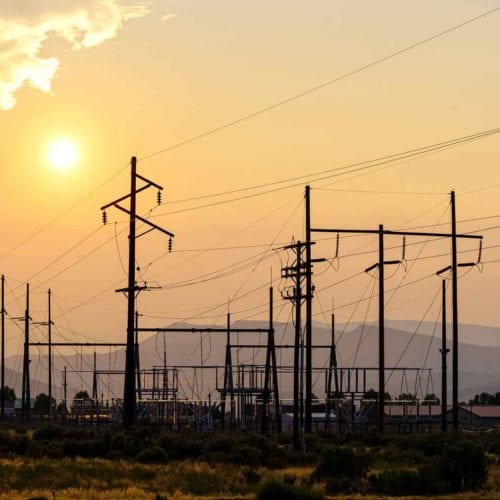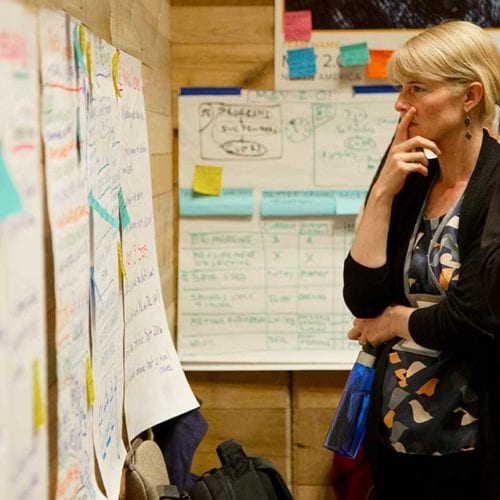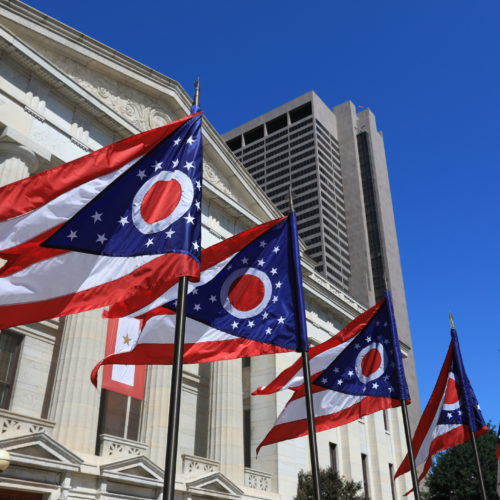
Dan Cross-Call is a former Principal with RMI’s Carbon-Free Electricity Practice. He worked on electric utility strategy and regulatory policy, as well as issues of renewable energy adoption and community energy strategy. In addition, Dan supported RMI’s Electricity Innovation Lab (e-Lab), a unique multi-year collaboration of leading industry actors to develop, implement, and spread new solutions to enable greater adoption of economic distributed energy resources. Dan joined RMI in 2013.
Background
Prior to RMI, Dan worked as a consultant in the Energy practice of Charles River Associates in Boston. At CRA, he worked on a variety of electricity-related projects including energy and capacity market models for power plant valuations in U.S. Northeast markets, analysis of proposed legislation and regulatory rule changes, transmission development studies, and strategic planning for RTO wind integration. He has conducted studies of all of the major North American deregulated electricity markets, and performed modeling and research of European and Middle East electricity systems. Dan also supported corporate sustainability at CRA, directing the “Green Office Initiative” across more than a dozen offices worldwide.
At MIT, Dan was a researcher for the MIT Energy Initiative (MITEI) Green Islands program, collaborating with university researchers and utility personnel in the US and Europe. His research focused on matching energy storage system design for renewable generation development and island electricity needs. He also organized a “Utility of the Future” panel at the annual MIT Energy Conference, convening utility and market experts to discuss models for electricity sector innovation. Previously, Dan managed renewable energy credit (REC) marketing programs with municipal utilities, and has conducted climate science field research in the Alaskan Arctic.
Education
Master of Science, Technology & Policy, Massachusetts Institute of Technology, 2013
Bachelor of Arts, Economics and Environmental Studies, Dartmouth College, 2005
Location
Boulder, CO









